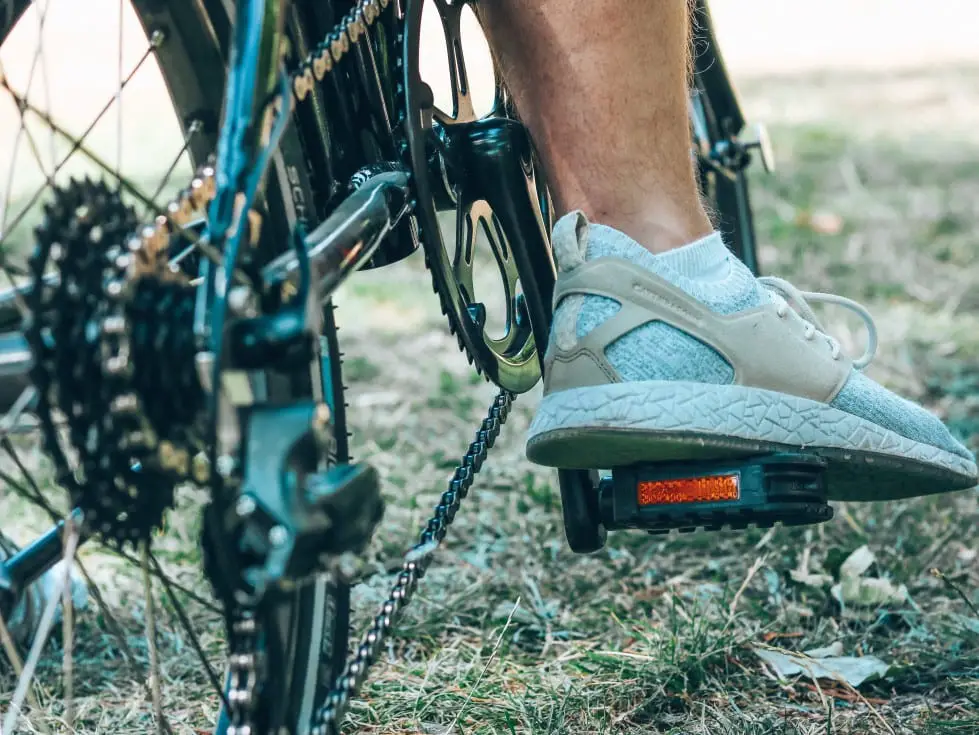Investing in road bike wheels is generally a sound decision. Most bikes come with a standard bike wheel from the manufacturer. And this gives the buyer a chance to upgrade to something better. A proper bike wheel always makes a huge difference, especially if you cycle on an almost daily basis. So, how do you choose the right road bike wheels for your ride?
When you decide to upgrade your bike wheel there are a few factors that you may need to consider. This varies from the size of the rim, the type of wheels you will need, and of course the material of the wheel. Let’s discuss these in detail below:
Aluminum or Carbon?
Carbon is relatively better than aluminum for various reasons, although it is more expensive. A wheel made of carbon is lighter and stiffer; this gives the cyclist better control and grip while riding it. One disadvantage of a carbon wheels is the brake edge; the wheel will brake very poorly in bad weather. Carbon wheels also tend to overheat during long and steep descents as in the case of riding down a mountain.
This issue can be solved by the use of disc brakes — making the carbon wheel a much better option when compared to aluminum wheels. The carbon wheel does not wear off easily making it more durable. Aluminum on the other hand is cheaper, less stiff but heavier.
Weight
A lighter wheel provides a faster ride; this feature goes hand in hand with the type of material the wheel is made of. Carbon is of course lighter while aluminum is heavier.
Acceleration and steering with a lighter wheel are easier and this gives mountain cyclists a greater advantage.
Rim height & Aerodynamics
The rim height of a bike wheel and aerodynamics go hand in hand, the higher the rim, the less air resistance it will have. However, not every high rim will work for every cyclist, this is because the higher the rim, the heavier the bicycle will be. It is also more sensitive to wind changes.That is why it is important to get a good rim height which is not only aerodynamic but also light in weight.
When it comes to aerodynamics, a high rim is generally better than a lower one. A high rim is sensitive to weight as it is relatively heavier. This makes a high rim suitable for flat surfaces and long descents. A mountain cyclist would not be at an advantage with a high rim because of its weight and would be better off with something lighter and not as high.
A rim height of about 33-45mm will be perfect for cyclists who ride on flat surfaces. The height gives a good aerodynamic advantage over a lower rim.
Carbon wheels are known to be lighter, but are more expensive, in which case, if you decide to settle for a high rim then ensure that the wheels are made from carbon. This works well in mountain climbing and aerodynamics.

Tubeless?
One of the greatest advantages of using a tubeless bike is the fact that it’s lighter. Lighter is always better in cycling; it makes the wheel stiffer and thereby making acceleration and steering easier.
Another great advantage is fewer punctures when riding. This is a great relief to most riders, especially for those who love to cycle long distances. Tubeless wheels have inner liquid latex, which closes up small holes of up to 3mm in diameter. The grains present in the liquid latex are sucked into the puncture to cover the leak. It enables the cyclist to continue riding throughout the sealing process. You won’t even notice there was a puncture in your wheel!
In cases where the puncture is bigger, you can always fit in an inner tube even if you initially had the liquid latex in place.
The rolling resistance of tubeless wheels is much lower and can also be ridden at lower pressures. This means that small bumps on the road will no longer cause punctures.
Disc Brakes or Rim Brakes?
The rim brake is the traditional form of braking while the disc brake is considered a modern upgrade from the traditional brake system.
The main difference between the rim brake and the disc brake is mainly where the force is applied. For the rim brake, the stopping force is applied by calipers to the outer edge of the wheel. Whereas the disc brake resembles the motorcycle brake system. Here the braking is moved from the rim to the rotor. The caliper in this case is mounted to the fork which is near the axle while the rotor is mounted on the hub.
The rim brakes, though traditional, still have their advantages over the disc brakes. Rim brakes are cheaper; weigh less, more aerodynamic, and easier to repair.
Disc brakes, on the other hand, offer more stopping power which makes it a good choice for long descents. They also do not heat the rim, unlike rim brakes. This has been a common problem with rim brakes and has been known to cause blowouts when used in long descents. There is less wheel lock up with disc brakes since it allows precise braking. It also works better in wet weather. Disc brakes are also easier to use with wider wheels.So, if you are riding one of these fat tire bikes, consider picking up a wheel that supports disc brakes.
If you are serious about biking, consider upgrading your stock road bike wheels. The difference is night and day! There are lots of road bike wheels on the market. Choosing the right road bike wheels will always depend on your needs and budget.
Check out our top road bike wheels here.
Happy biking!









